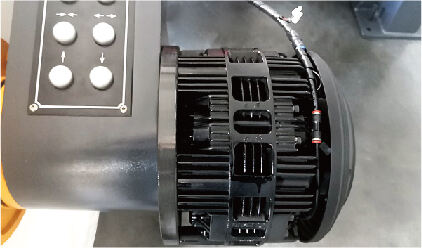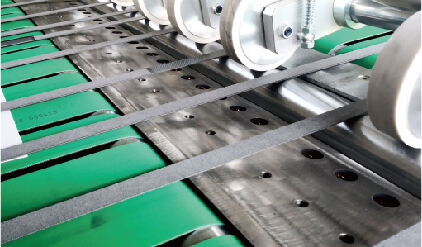hot foil stamper
A hot foil stamper is a sophisticated piece of equipment designed for applying decorative metallic or colored foil onto various surfaces through heat and pressure. This versatile machine combines precise temperature control, consistent pressure application, and accurate timing to create high-quality foil impressions. The system operates by heating a die to a specific temperature, which when pressed against the foil and substrate, transfers the foil material onto the target surface. Modern hot foil stampers incorporate advanced features such as digital temperature control, adjustable pressure settings, and programmable timing sequences to ensure optimal results across different materials and foil types. The machine can handle various substrate materials including paper, cardboard, leather, plastics, and fabrics, making it invaluable in multiple industries. Applications range from packaging and printing to bookbinding and promotional materials, offering both functional and aesthetic enhancement to products. The technology enables the creation of metallic effects, holographic patterns, and security features, contributing to both product decoration and authentication purposes.


